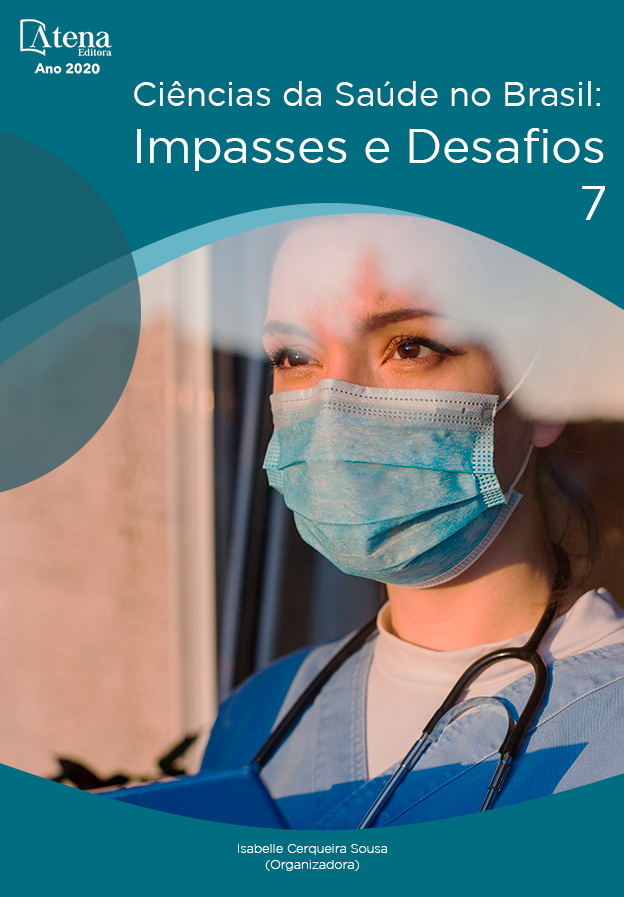
CENÁRIO EPIDEMIOLÓGICO DA COQUELUCHE EM UM DISTRITO SANITÁRIO DO RECIFE, PERNAMBUCO, 2008 A 2017.
Introdução: a coqueluche é uma doença respiratória aguda, infecciosa, de alta transmissibilidade, causada pela bactéria Bordetella pertussis. A doença apresenta-se em 3 fases sucessivas e distintas: catarral, paroxística e de convalescença. A azitromicina é o antibiótico de escolha para o tratamento. Objetivo: descrever o perfil epidemiológico da coqueluche no Distrito Sanitário IV da Cidade do Recife, Pernambuco, entre os anos de 2008 e 2017. Métodos: foi realizado um estudo descritivo, de natureza quantitativa, sobre a ocorrência de coqueluche no território que compreende o Distrito Sanitário IV da Cidade do Recife. Foram analisadas variáveis epidemiológicas (sexo, faixa etária, bairro de residência), além da cobertura vacinal e os sinais e sintomas. A fonte de dados foi o banco do Sistema de Informação de Agravos de Notificação. As análises e a construção de gráficos e tabelas foram realizadas por meio de planilhas eletrônicas. Resultados: 516 casos foram notificados, no período analisado e destes, 173 foram confirmados, sendo o sexo feminino em maior número. O bairro da Iputinga se destacou no quantitativo de casos e, a faixa etária mais acometida foi de 0 a 2 meses. Conclusões: Para redução da ocorrência da doença, sobretudo entre os menores de 1 ano, é sugerida a ampliação das ações de vigilância epidemiológica, incluindo atividades junto ao programa de imunização local, a fim de reduzir a proporção de não vacinados ou com vacina incompleta e ampliar a cobertura vacinal entre gestantes, visando diminuir a morbimortalidade de crianças menores de 6 meses.
CENÁRIO EPIDEMIOLÓGICO DA COQUELUCHE EM UM DISTRITO SANITÁRIO DO RECIFE, PERNAMBUCO, 2008 A 2017.
-
DOI: 10.22533/at.ed.2142029083
-
Palavras-chave: Coqueluche; Vigilância Epidemiológica; Vacinação
-
Keywords: Pertussis; Epidemiological surveillance; Vaccination
-
Abstract:
Introduction: Pertussis is an acute, infectious, highly transmissible respiratory disease caused by the bacterium Bordetella pertussis. The disease presents in three successive and distinct phases: catarrhal, paroxysmal and convalescence. Azithromycin is the antibiotic of choice for treatment. Objective: to describe the epidemiological profile of whooping cough in the Sanitary District IV of Recife, Pernambuco, between 2008 and 2017. Methods: a quantitative descriptive study was carried out on the occurrence of pertussis in the territory comprising the District Sanitary IV of the City of Recife. Epidemiological variables (sex, age group, neighborhood of residence) were analyzed, as well as vaccine coverage and signs and symptoms. The data source was the database of the Notification of Injury Information System. Analyzes and construction of charts and tables were done through electronic spreadsheets. Results: 516 cases were reported in the analyzed period, and of these, 173 were confirmed, with the female sex being the largest number. The Iputinga neighborhood was highlighted in the number of cases, and the age group most affected was 0 to 2 months. Conclusions: the increase in the number of symptomatic patients, the improvement in the laboratory diagnosis and the decrease in the effectiveness of the vaccine are some of the factors that may be related to the increased incidence of pertussis. The individuals most likely to acquire the disease are those under 1 year of age, not vaccinated or with incomplete vaccine. As a measure in the fight against the disease, the World Health Organization adopted the inclusion of the dTpa vaccine, for pregnant women, in order to reduce the morbidity and mortality of children under 6 months.
-
Número de páginas: 15
- Tarciana Duarte de Souza Matos
- Maria Olívia Soares Rodrigues
- Amanda Priscila de Santana Cabral Silva


